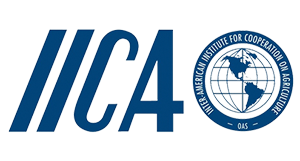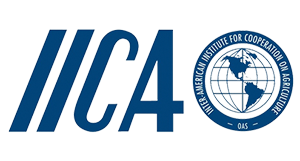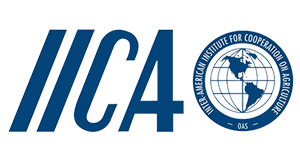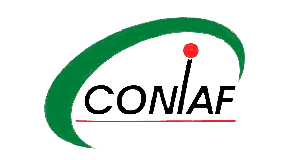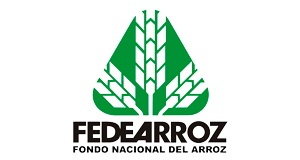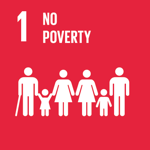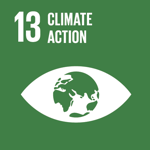Rice cultivation less vulnerable and more adapted to climate change
Rice cultivation in LAC requires technological innovations, especially in family farming, in order to increase productivity, improve resource utilization and reduce the impact of climate change.
Context of the story
Rice is a staple food for more than half of the world's population. In LAC, per capita consumption is 30 kg/year and demand exceeds production; the deficit, of almost one million tons per year, is covered with imports. The low productivity and low incomes of producers, particularly in family farming, respond to climatic and technological factors. IICA analyzed the productive efficiency, use of resources and the emission of GHG from rice cultivation in the Dominican Republic and Colombia, and validated the System of Rice Intensification (SRI) as a technological innovation adaptable to different conditions.
Collaboration to innovate rice cultivation
The implemented initiative
The objective was to improve the resilience of rice cropping and its adaptation to the biophysical and economic effects of climate change through a new technology aimed at raising productivity, income generation and efficiency in the use of resources such as seeds, water and labor. Collaborators were FONTAGRO, IICA, the Dominican Council of Agricultural and Forestry Research (CONIAF), Dominican Institute of Agricultural and Forestry Research (IDIAF) and the National Federation of Rice Growers (FEDEARROZ) of Colombia.
The intensification of rice cropping is feasible
The technological solution
The technology validated in Colombia and the Dominican Republic is the System of Rice Intensification (SRI) that increases productivity based on a set of practices aimed at reducing plant density, improving physical and biological soil conditions and irrigation management and modifying crop planting. SRI is conducive to the use of less seed and other inputs, less water consumption and better root development. The system, successful in other regions, has seldom been evaluated in LAC where the challenges multiply due to the diversity of production systems that range from small plots to large areas, with implications for water, labor and machinery utilization. SRI allows the expression of the genetic potential of plants, with strong and well-developed roots that allow to better resist drought, waterlogging, winds, and other adverse factors, fostering the reduction of vulnerability and the strengthening of food security and farmer's livelihoods.
SRI has so many advantages in productivity and seed savings that make one fall in love with rice cultivation
Participating countries
Results
It was shown that SRI saves costs and is more productive and profitable than the traditional systems. In response to a greater number of spikes, panicles, tillers and root length and weight, higher yields (up to 25%) were achieved along with savings in the use of seeds (up to 96%) and water (up to 45%). The lower investment in fertilizers and seeds with SRI caused an average cost savings of 10%, resulting in higher profits of 43% in the Dominican Republic and 68% in Colombia. The mechanization (filling of trays, transplantation and weeding) of the crop was evaluated. This innovation contributed with 36% savings in total costs in Colombia and 10% in the Dominican Republic. Several countries in the region are beginning the scaling-up of SRI.

 Back to the project
Back to the project Costa Rica
Costa Rica Colombia
Colombia Dominican Republic
Dominican Republic